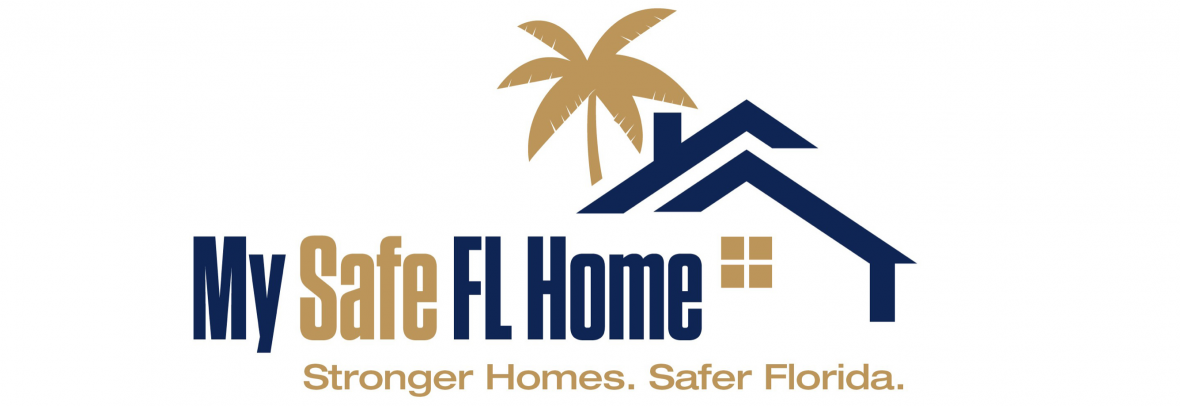
DeSantis Seeks $590M for My Safe Florida Home
Lawmakers are expected to review the governor’s request for the program, a Florida Realtors' legislative priority, during the session beginning March 4.
TALLAHASSEE, Fla. — Who knew? A lot of Floridians, it turns out, would like some free government money to harden their homes.
Since the state’s My Safe Florida Home grant program was revived in 2022, about 29,000 homeowners have received up to $10,000 each to strengthen or replace their roofs or to install impact-resistant doors, windows or storm shutters.
But the application portal has been closed since July 17 of last year, leaving about 45,000 applicants on a waiting list after undergoing free windstorm mitigation inspections.
Gov. Ron DeSantis is asking the state Legislature to fund grants to clear that waiting list so fresh applicants can line up this year.
DeSantis’ 2025-26 budget request seeks $590 million in additional funding for the popular program. If approved, it would be the largest single-year outlay since the program was revived. Of the total, $480 million would be earmarked for homeowners on the waiting list and another $109 million would fund grants for 10,000 new applicants.
An annual recurring outlay of about $100 million would fund about 10,000 new grants each year.
DeSantis promoted the program during a news conference touting the state’s actions to shore up the insurance market.
He said he wanted lawmakers to enact funding to cover homeowners on the waiting list during the special legislative session that he ordered to begin on Jan. 27. Lawmakers instead called their own session focused on immigration reform.
“Anyone that’s on the waiting list, we wanted to get that funded so that they can make improvements to their home in time for this coming hurricane season,” he said.
Introduced late in the first decade of the 2000s, the program was revived in 2022 as part of a series of insurance reforms that aimed to reduce litigation — and insurance company failures. State leaders argued that improving the resiliency of homes against hurricanes would likely help homeowners secure a lower insurance premium while reducing insurance losses reported after storms.
About half of grant recipients since 2022 have so far reported seeing a lower insurance premium, Steven Fielder, the program’s director, recently told the Senate Banking and Insurance Committee.
Unless laws enacted last year are revised, it’s questionable whether future applicants will be able to get approved unless their households qualify as earning a low or moderate income.
When the program was originally revived in 2022, it accepted applications from homeowners without regard to income level or age.
The laws that were added last year set aside 60 days for applicants with low and moderate incomes to apply for grants before anyone else. In addition, the maximum grant a low-income applicant can get without having to show they paid $1 for every $2 sought from the program was increased from $5,000 to $10,000.
Low-income households are defined as making 80% or less than the median household income of their county. Moderate-income households are defined as making 120% or less of their county’s median household income. The median income is determined by the federal Department of Housing and Urban Development and varies by county and household size.
As evidenced by the 3,316 homeowners who applied during the first 17 days after the program reopened on July 1, funding for the 10,000 open slots is likely to be obligated before the age and income level restrictions for applications expire.
The Legislature is expected to consider the governor’s request sometime during the legislative session that begins March 4.
Anyone who made it through the complicated application process, got someone on the phone to answer questions, selected a contractor to do the work, secured an approval for a grant, oversaw completion of the work, ordered a reinspection to verify that the work was done, and secured their grant should consider themselves one of the lucky ones.
Of 109,464 homeowners who have applied to the program since 2022, about 54% — 58,792 — have been approved for a grant. Only about half of those — 29,000 — have received their grant.
Of the state’s 67 counties, grant activity remains highest in Broward County (9,722 obligated grants, 7,548 on waiting list) and Palm Beach County (7,844 obligated grants, 6,272 on waiting list). Pinellas and Miami-Dade counties are third and fourth on both lists.
Brevard County topped the list of obligated grants in Central Florida with 3,544, followed by Volusia (1,359), Orange (1,356), Seminole (685), Lake (287), and Osceola (264).
Brevard also topped the waiting list with 2,751, followed by Orange (1,498), Volusia (1,226), Seminole (734), Lake (311) and Osceola (292).
DeSantis also asked for another $30 million to continue a pilot program, My Safe Florida Condominium, that would provide up to $175,000 to help condo associations harden their buildings. That program was launched on Nov. 14. Applications were open just five days with 165 applicants.
Because the program opened only recently, none of the associations have requested their grant money yet, said Devin Galetta, program spokesman.
© 2025 South Florida Sun-Sentinel. Distributed by Tribune Content Agency, LLC. All rights reserved.
